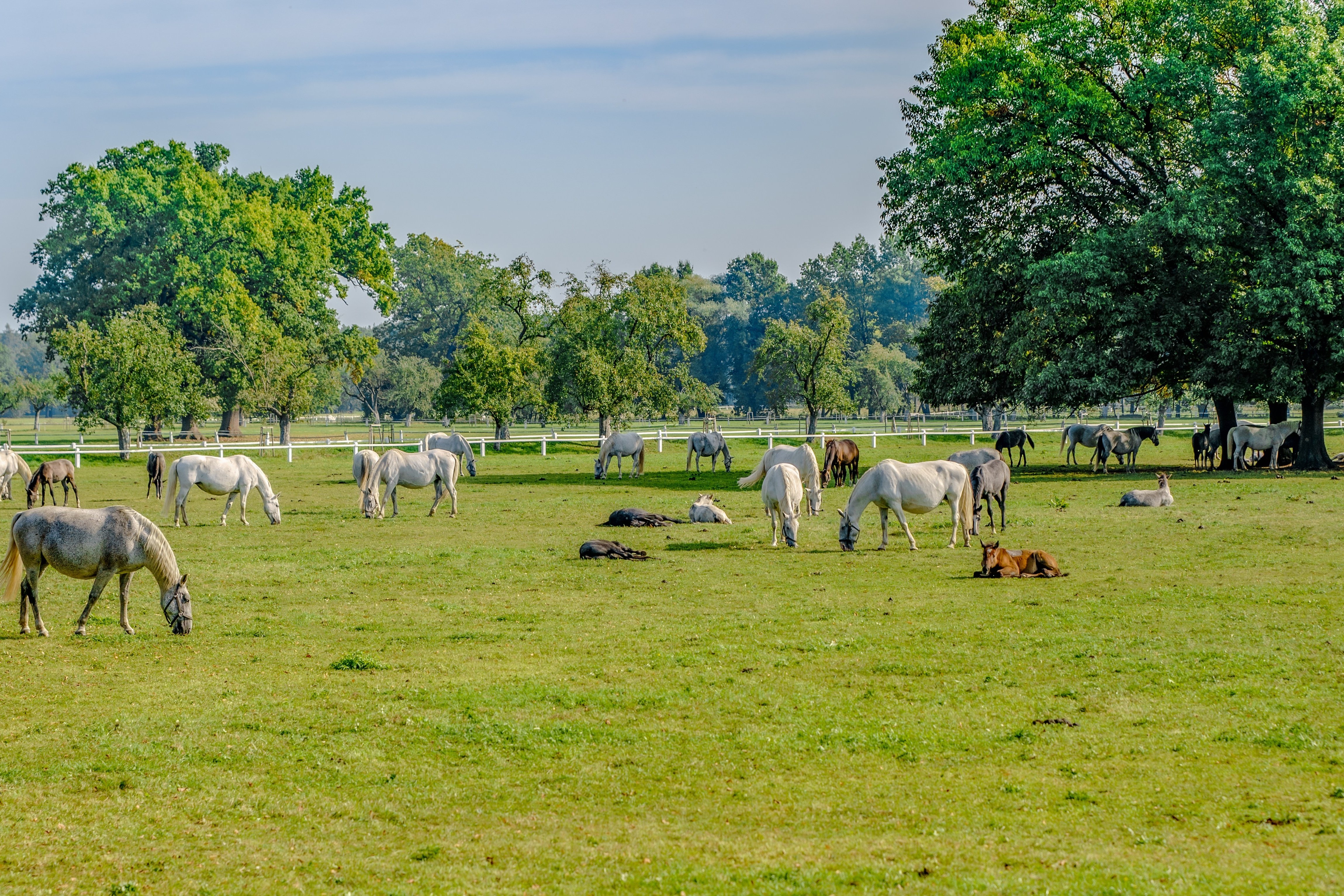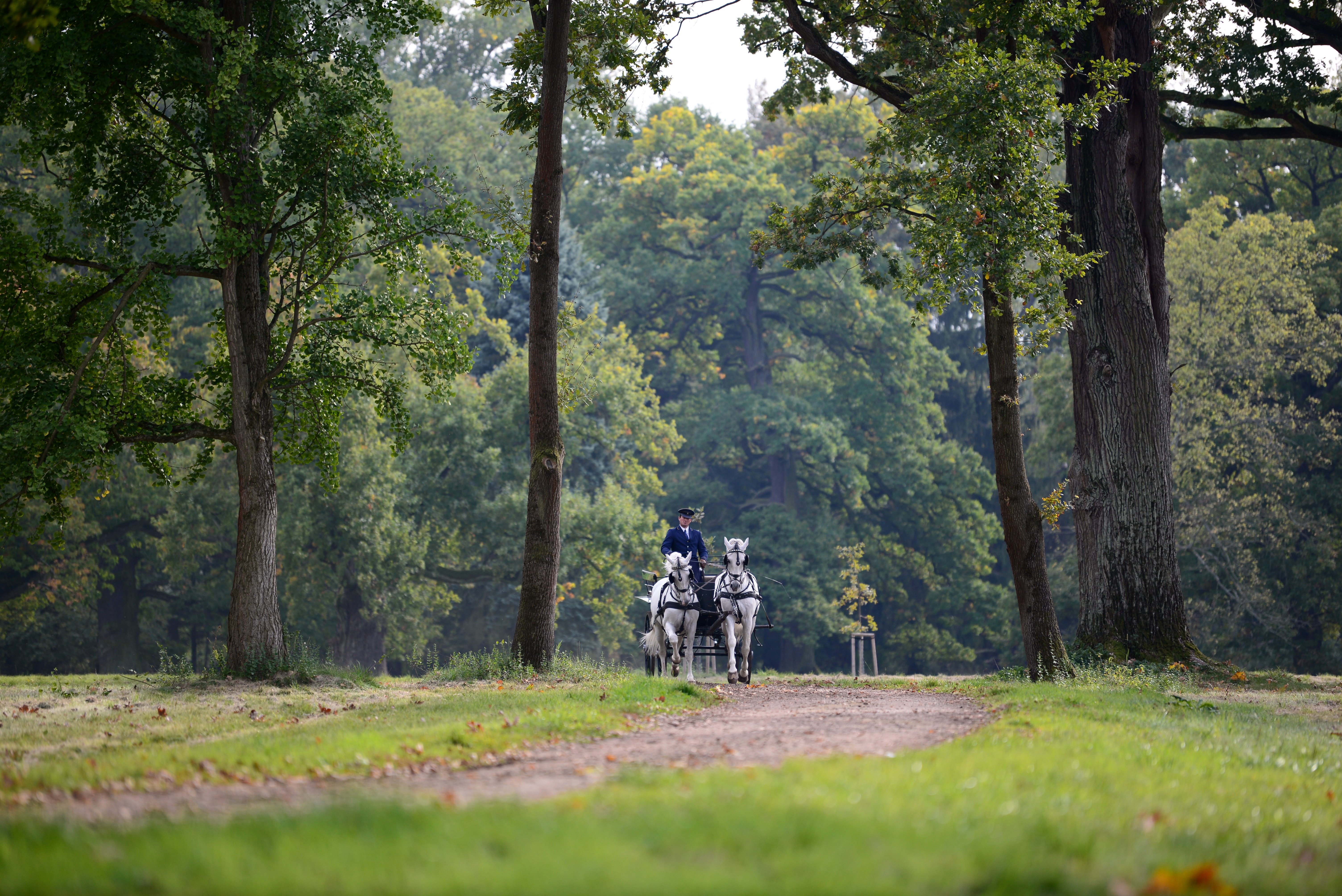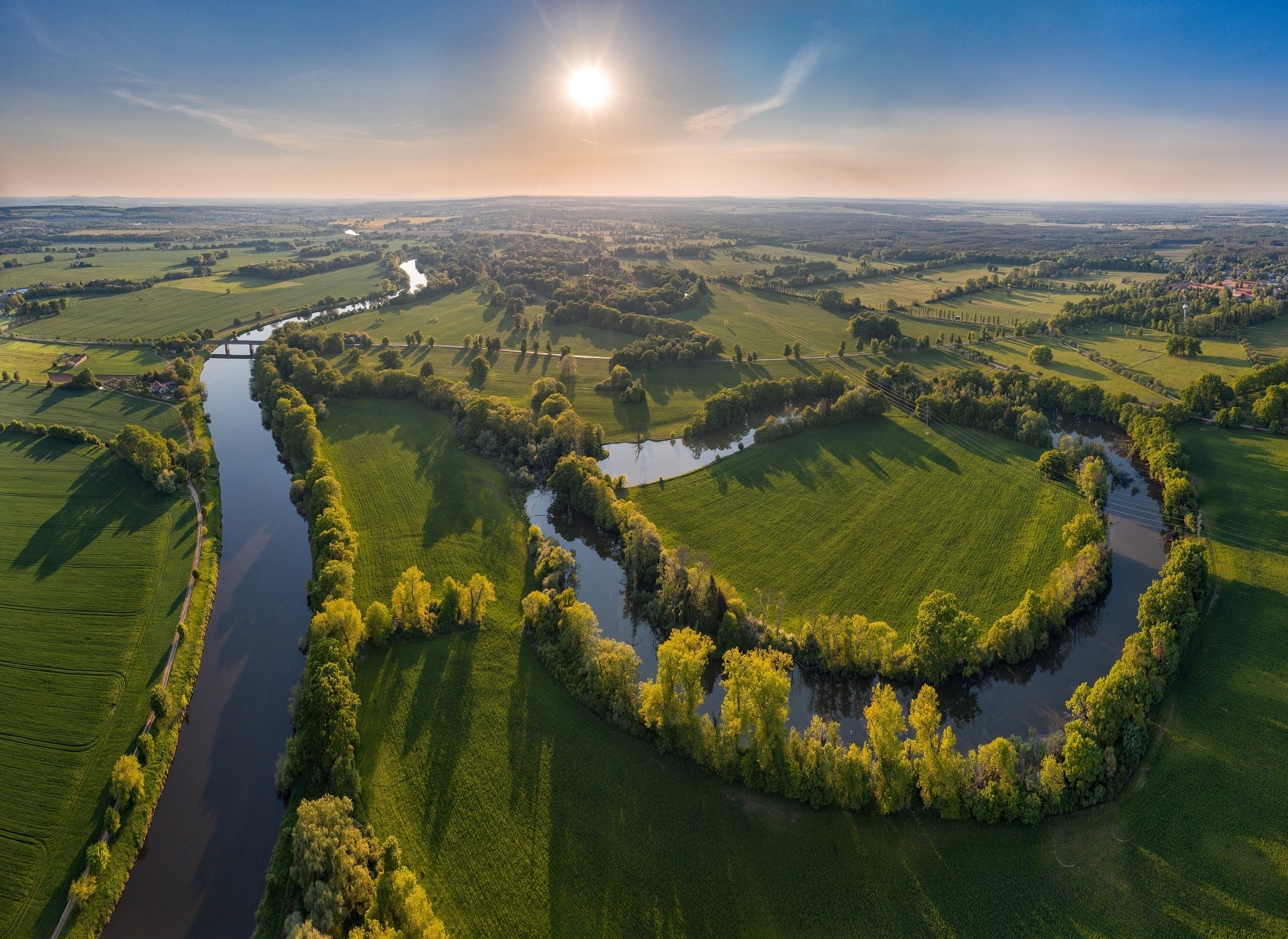
UNESCO
Landscape for Breeding and Training of Ceremonial Carriage Horses at Kladruby nad Labem
has been inscribed on the World Heritage List since 10 July 2019. This was decided by the World Heritage Committee at its meeting in Baku, Azerbaijan.
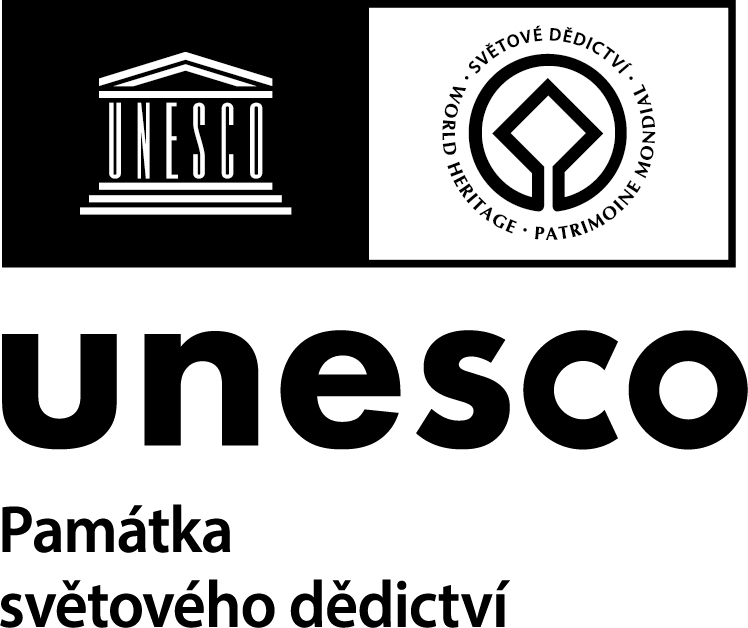
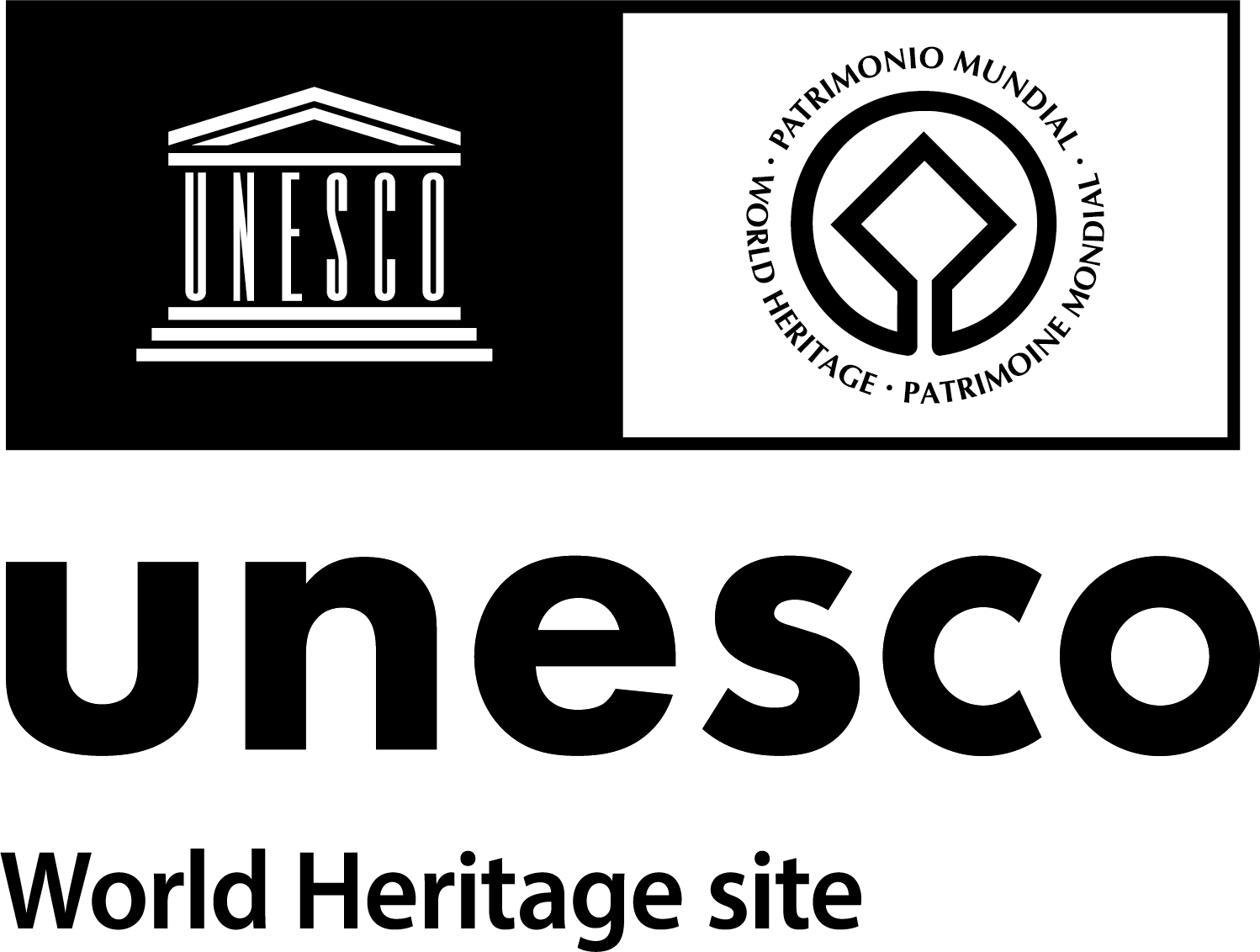
Declaration of the Kladruby Stud Farm, including the Kladruber herd of black and grey horses, as a cultural monument
Declaration of the historic stud farm in Kladruby nad Labem, including the Kladruby grey herd, as a national cultural monument
Inclusion on the National Indicative List of UNESCO World Heritage Sites
The Management Plan of the National Stud in Kladruby nad Labem has been prepared
Completion of the project 'Restoration of parts of the national cultural monument Kladruby n. L. Stud (IOP)
Declaration of the Kladruby nad Labem National Stud Farm as a conservation area
Designation of the local landscape as a Natura 2000 site of European importance
Establishment of the Kladruby nad Labem National Stud Farm Cultural Landscape Monument Council
International Conference on the Protection of the Cultural Landscape in Kladruby nad Labem
Ceremonial signing of the Draft Nomination Documentation Landscape for the breeding and training of ceremonial carriage horses in Kladruby nad Labem and inscription on the UNESCO World Heritage List
Joint declaration by representatives of the municipalities concerned in support of the nomination to the UNESCO World Heritage List
Official handover of the nomination documentation Landscape for breeding and training ceremonial carriage horses in Kladruby nad Labem to the UNESCO World Heritage Center in Paris
Establishment of the Council of Landscape for the breeding and training of ceremonial carriage horses in Kladruby nad Labem by the Ministers of Agriculture, Culture and the Environment of the Czech Republic
UNESCO expert evaluation mission in Kladruby nad Labem
Panel discussion of the nomination at ICOMOS in Paris
Landscape for the breeding and training of ceremonial carriage horses in Kladruby nad Labem inscribed on the UNESCO World Heritage List
Extension of the Buffer Zone
New Management Plan developed
The Inscribed Property is a rare synthesis of two categories of landscape: on the one hand it is a continuing landscape that has developed organically to date and still performs its main function; but it is also a landscape designed and created intentionally by man and a unique example of a highly specialised ornamented farm – ferme ornée – dedicated to the breeding and training of ceremonial carriage horses. This synthesis stems from the fact that the living and evolving landscape with a clearly defined breeding function consists of two parts. Each of them is based on its inherent conditions, and even though these two parts contrast with each other, they are also closely intertwined. The formal arrangement of the pasture landscape (applying the principles of Classicist French gardens with unobtrusive and modest architecture of farmsteads, unobtrusive structure of settlements and sculptures accentuating important places) is complemented with the romantic picturesque landscape park, where the principles of manipulative painting perspective are used to evoke a scenic painting, enriched by a wide range of ornamental tree species grown there. The Landscape is living evidence of transforming influences in the design of the landscape for breeding and training of carriage horses. There are clearly visible functional components within the landscape layout (axes, roads, avenues, watercourses, symmetrical buildings, and links between these components) that are an excellent example of an inventive application of André Le Nôtre’s composition principles (French Formal Garden) in creating a landscape designed for such a specific purpose. The Property is also unique because at the time when it was arranged (according to the principles of French Formal Garden design), such principles were already abandoned elsewhere in the world. This late application of André Le Nôtre’s principles in the Landscape documents their viability and is also testament to the conservative taste of the key client, the Habsburg Court, which commissioned these landscape modifications. The landscape also reflects the level of acceptable cultural norms in those times. The principles of English picturesque landscaping were adopted in an extraordinarily inventive manner in the design of the Mošnice Landscaped Park, with the aim of creating a landscaped scenery consisting of native as well as introduced ornamental woody plant species and applying the compositional principles of manipulative painting perspective based on a wide range of colours of the trees and shrubs selected to create a pictorial spatial illusion and effects. The splendid scenery is reflected in oxbow lakes, the last remains of the Elbe river meanders. The tree clumps distributed on pastures originally defined by the Classicist composition is yet further evidence that English landscaping imprinted its influence in the Landscape.
This creative fusion of the French and English landscaping principles, their merger within the landscaped park on a site primarily serving an economic function, gave birth to such a remarkable composition. These above factors make the Landscape for Breeding Carriage Horses at Kladruby nad Labem very unique.
The unique approach to the functional use of the landscape is expressed by means of landscape composition itself. The starting point of the spatial main composition axes in the Classicist part of the landscape is situated at the arched passageway leading to the main stables of the Kladruby nad Labem farmstead and not in front of the Manor House as is common for designed landscapes at other comparable studs. The utilitarian function of the landscape is also expressed in the structural substance and lay-out of the buildings at the Kladruby nad Labem farmstead, where the architectural form of the Manor House that hosted the Imperial Family when visiting, is suppressed not only in visual terms (being screened off by a line of trees) but also in absolute terms – it is lower than the stables main entrance wing. Neither does the nave of Saint Wenceslas and Leopold Church exceed the height of the farmstead stable buildings. This accentuation of the landscape’s pure economic function by architectural and landscaping means is quite unusual, particularly if there is a stately home of a member of the social elite.
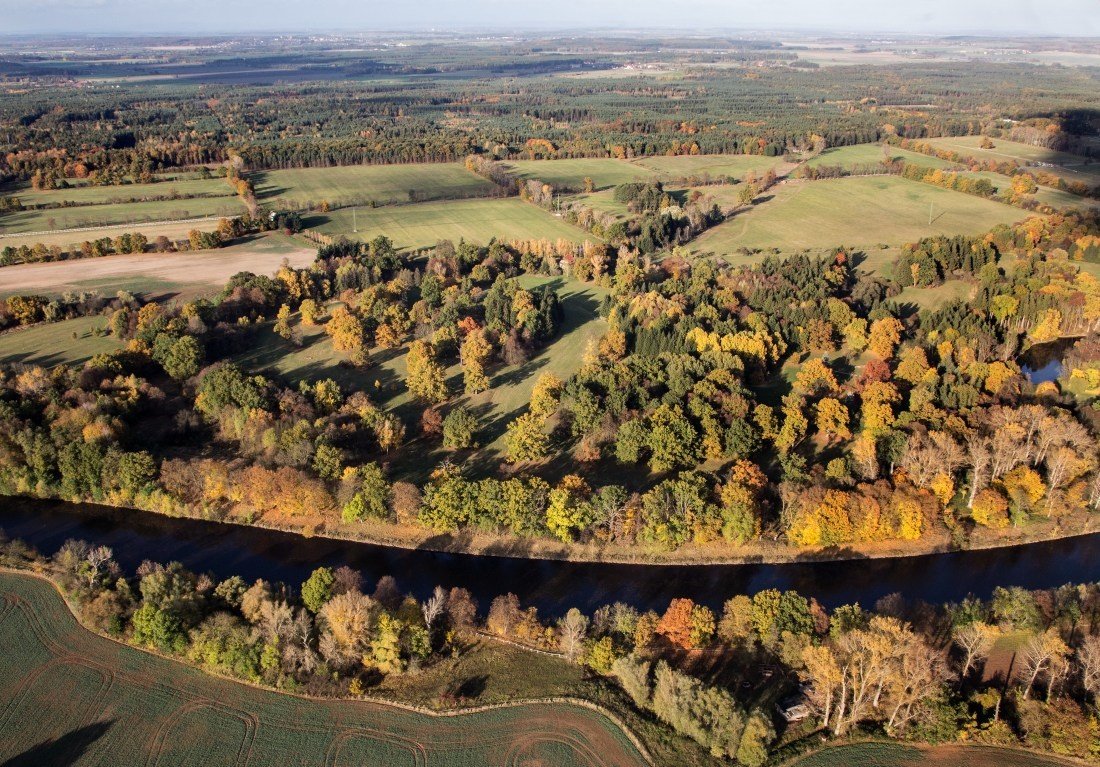

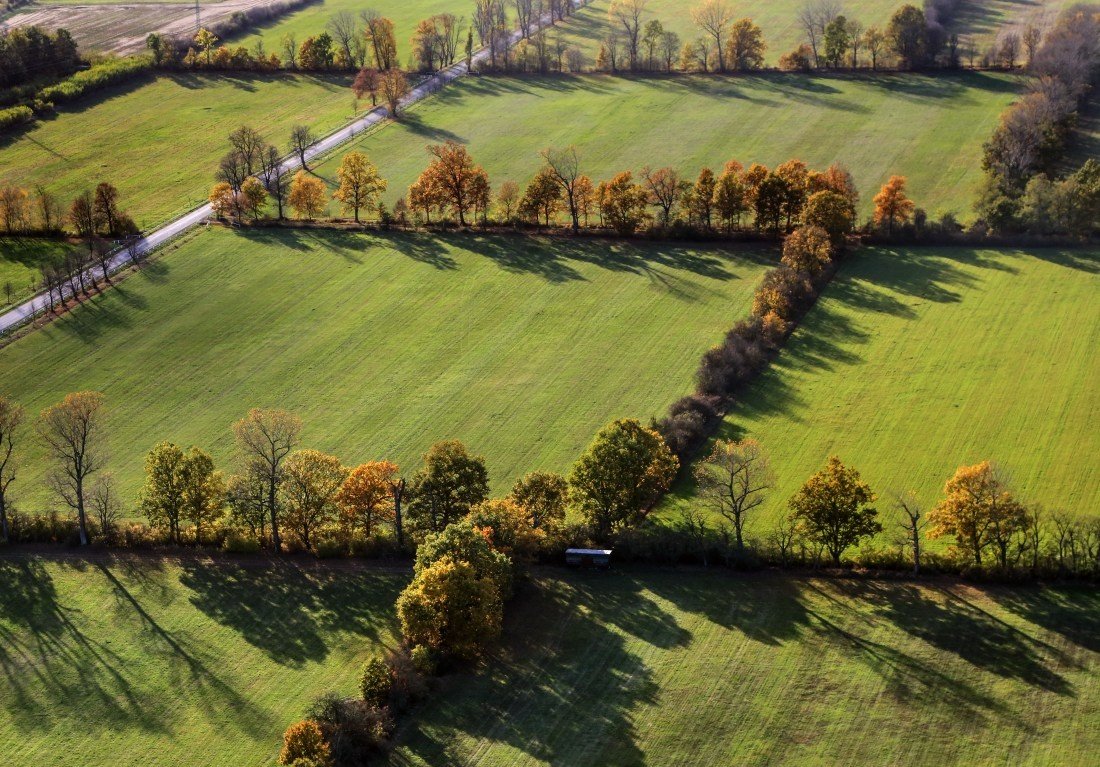
Criterion (IV)
The Property is an outstanding world example of a landscape that during its development over several centuries, has been meticulously cultivated by means of intended landscape composition in which the principles of French Classicist garden and English landscaping joined together to create a perfect environment satisfying the needs of breeding and training of carriage horses. The landscape illustrates an important era in modern European history, when the social elites supported and admired this unique horse breeding activities. In the case of the Nominated Landscape this elite was represented by the Imperial House of Habsburg. Therefore in the history of European civilisation the Landscape was over four centuries very closely associated with the top echelons of the social hierarchy. From the world perspective it represents a unique and comprehensive example of equestrian culture development in Europe spanning over four centuries, with a specific focus on breeding and training of ceremonial carriage horses.
Criterion (V)
The Property is an excellent example of a traditional use of the landscape, the last of its kind in the world, for breeding and training of carriage horses of the gala carrossier type. It represents the historic period starting with Baroque, when the landscape was deliberately structured and used to cater for the needs of the social elites that demonstrated their privileged position in pompous ceremonies for which gala carrossier horses were used. For centuries, breeding and training of these horses at the property has been carried out in close interactions with the natural environment: favourable climate, hydrology, soil and vegetation on the site have been the key factors for the economic self-sufficiency of the landscape so indispensible for breeding and training of carriage horses from their birth until completion of their training. Breeding and training of carriage horses and maintaining the associated Landscape have been a rational way of living for the local people.
